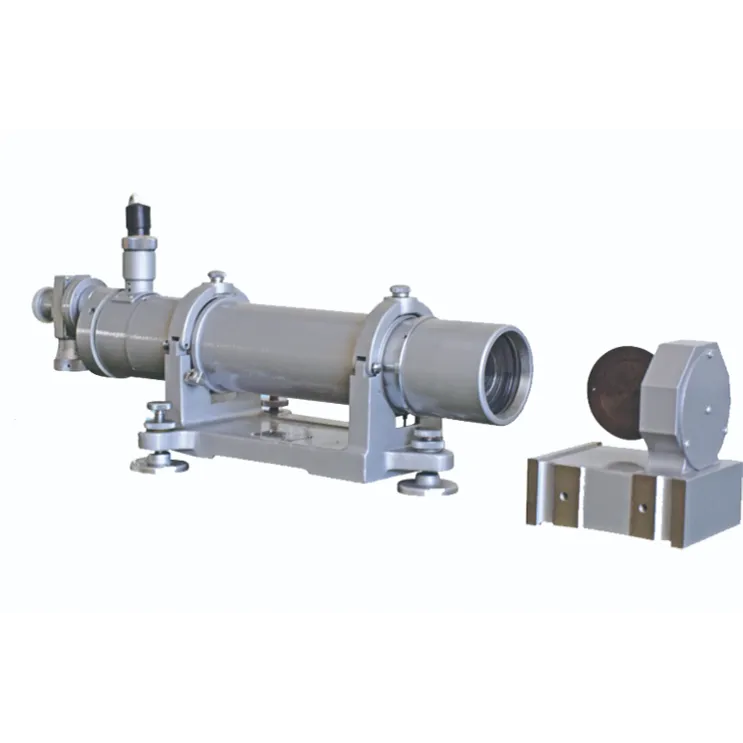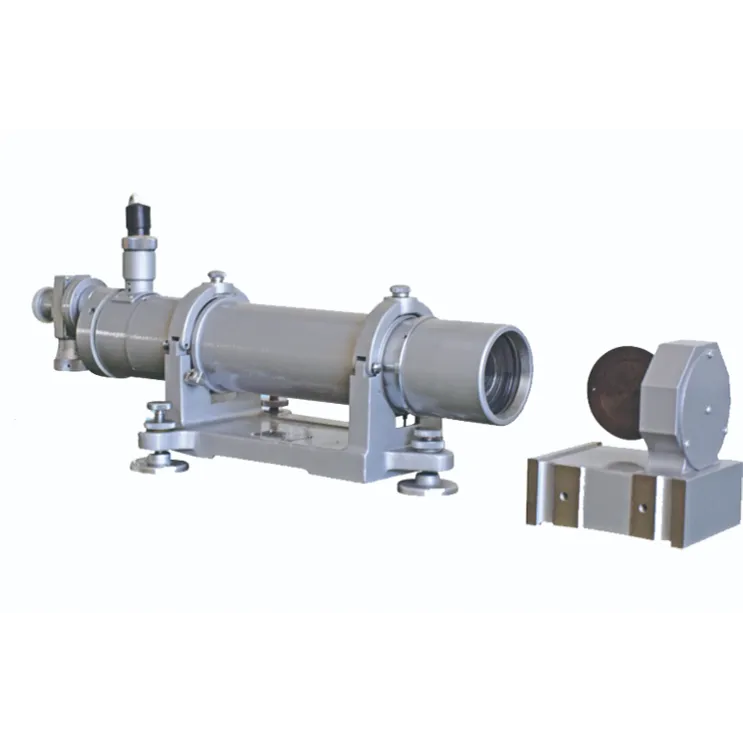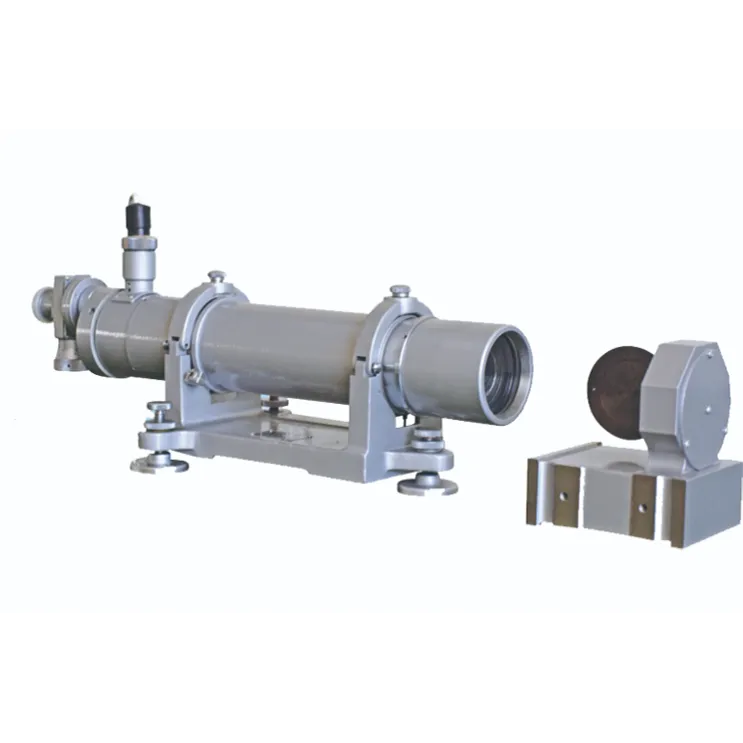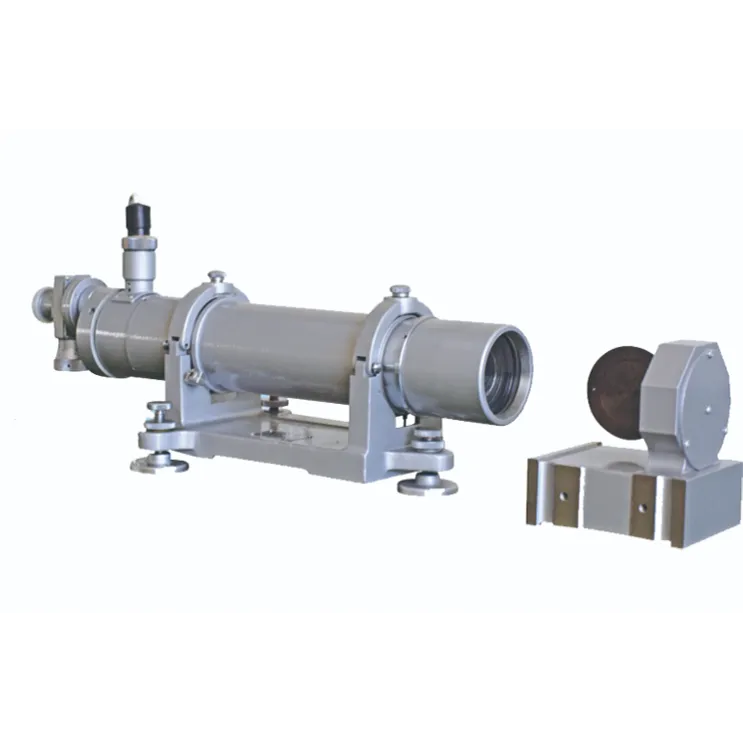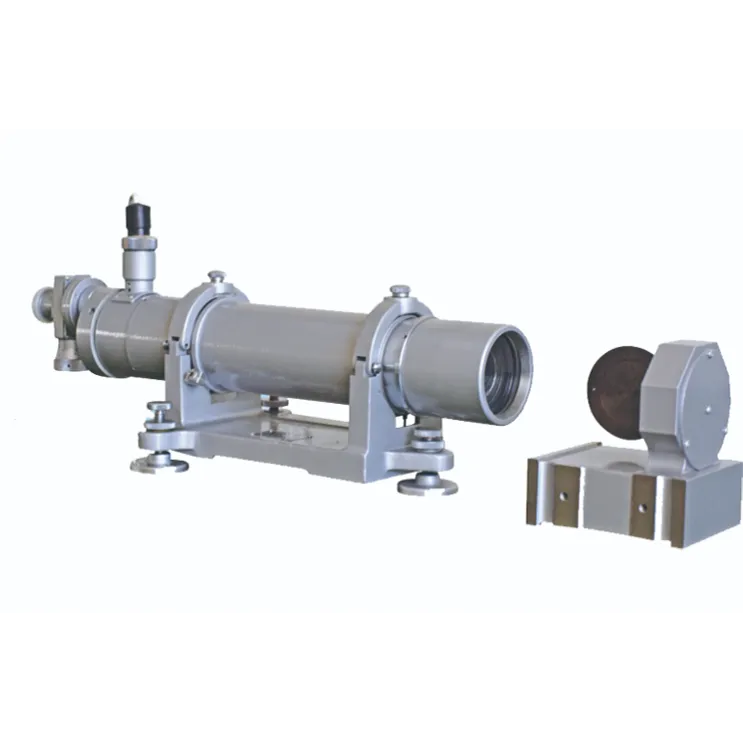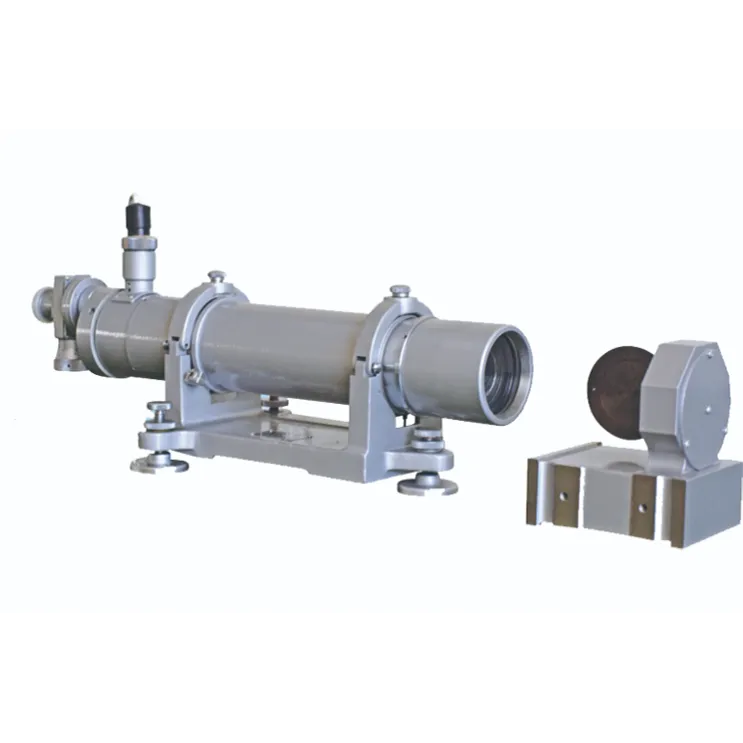
- Afrika
- basa Albania
- Amharik
- Arab
- Arménia
- Basa Azerbaijan
- Basque
- Bélarus
- Benggala
- Bosnia
- basa Bulgaria
- Katalan
- Cebuano
- Cina
- Korsika
- Kroasia
- Ceko
- Denmark
- Walanda
- Inggris
- Ésperanto
- Éstonia
- Finlandia
- Perancis
- Frisian
- Galician
- Georgian
- Jerman
- Yunani
- Gujarati
- Kréol Haiti
- Hausa
- Hawai
- Ibrani
- No
- Miao
- Hungaria
- Islandia
- igbo
- basa Indonésia
- Irlandia
- Italia
- Basa Jepang
- basa Jawa
- Kannada
- kazakh
- Khmer
- Rwandan
- Koréa
- Kurdi
- Kirgiz
- Buruh
- Latin
- Lativia
- Lituania
- Luksemburg
- Makedonia
- Malagasy
- Malayu
- Malayalam
- Malta
- Maori
- Marathi
- Mongol
- Myanmar
- Nepali
- Norwegia
- Norwegia
- Occitan
- Pashto
- Pérsia
- Polandia
- Portugis
- Punjabi
- Romania
- Rusia
- Samoan
- Gaelik Skotlandia
- Sérbia
- Inggris
- Shona
- Sindhi
- Sinhala
- Slowakia
- Slovénia
- Somali
- Spanyol
- Sundanese
- basa Swahili
- Swédia
- Tagalog
- Tajik
- Tamil
- Tatar Sunda
- Telugu
- Thai
- Turki
- Turkmén
- Ukrania
- Basa Urdu
- Uighur
- Uzbek
- Vietnam
- Welsh
- Tulung
- Yiddish
- Yoruba
- Zulu
Exploring the Types of Satellite Internet and Communication Technologies Shaping the Digital Frontier
As the demand for global connectivity continues to grow, satellite-based solutions are rapidly evolving to bridge the digital divide. From rural broadband access to global Earth observation, modern satellite technology plays a pivotal role in transforming how we connect, communicate, and analyze our planet. In this article, we explore the various types of satellite internet, satellite communication types, and the latest innovations making unlimited satellite internet a reality.
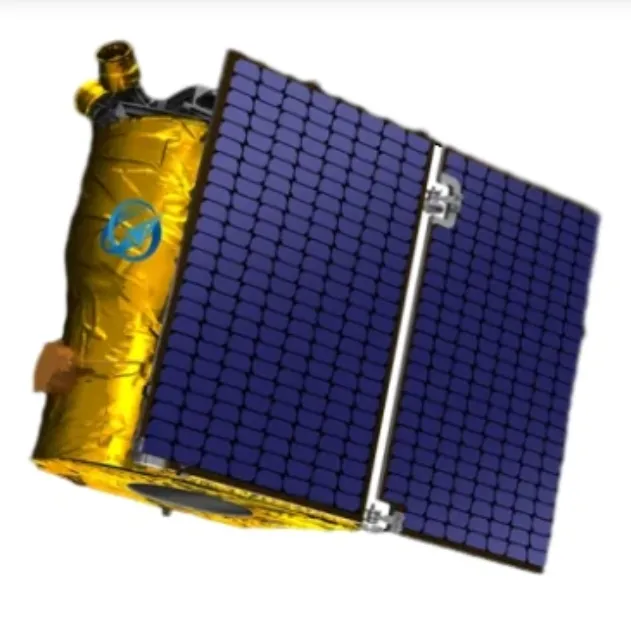
Types of Satellite Internet: Connecting the Unconnected
Satellite internet delivers connectivity directly from orbit to user terminals on Earth, enabling access in remote or underserved areas where fiber or mobile networks are not feasible. Today, there are several types of satellite internet technologies in use:
Geostationary (GEO): Traditional providers like HughesNet and Viasat rely on high-altitude satellites, offering broad coverage but with higher latency.
Low Earth Orbit (LEO): Systems like Starlink satellite internet operate in lower orbits, drastically reducing latency while providing faster speeds and more reliable service.
Medium Earth Orbit (MEO): These systems strike a balance between coverage and performance, often used for mobility and maritime services.
Emerging services such as Starlink internet plans are reshaping expectations, offering near-unlimited satellite internet with speeds comparable to urban fiber networks.
Satellite Communication Types: The Backbone of Global Transmission
Understanding the different satellite communication types helps businesses and consumers select the right solution. Key classifications include:
Fixed Satellite Services (FSS): Used for broadcasting, VSAT, and enterprise connectivity.
Mobile Satellite Services (MSS): Supports communications for ships, aircraft, and mobile terminals.
Broadcast Satellite Services (BSS): Primarily for direct-to-home (DTH) television broadcasting.
Inter-Satellite Links (ISL): Emerging in LEO networks, allowing satellites to communicate with each other and reduce reliance on ground infrastructure.
Each category plays a vital role in ensuring seamless satellite network functionality across sectors such as media, defense, disaster response, and transportation.
Types of Remote Sensing Satellites: Beyond Connectivity
While satellite internet focuses on communication, remote sensing satellites gather data about Earth’s surface. The types of satellites in remote sensing vary based on their payload and mission:
Optical Satellites: Capture visible and infrared imagery for agriculture, forestry, and environmental monitoring.
Radar Satellites: Use synthetic aperture radar (SAR) to detect surface changes through clouds and darkness.
Hyperspectral and Multispectral Satellites: Analyze light across numerous bands for precise mineral mapping, crop health monitoring, and water quality analysis.
These types of remote sensing satellites are essential tools in climate science, land use planning, and global security.
Types of Satellite Networks: Laying the Framework
Modern satellite systems are part of complex satellite networks, which include:
Star Networks: One central hub communicates with all terminals.
Mesh Networks: Each terminal can communicate with others, improving resilience.
Hybrid Networks: Combine terrestrial and satellite links for optimal performance.
Understanding the types of satellite networks is critical for designing systems that balance bandwidth, latency, and geographic coverage.
Satellite Technology: The Future Is Now
From consumer broadband to advanced environmental sensing, satellite technology is accelerating in scope and affordability. With the emergence of satellite as a service (SataaS), companies can now access satellite data, communication bandwidth, or entire platforms without the high costs of building and launching their own systems.
As Starlink satellite internet and other LEO constellations expand, users can expect faster speeds, lower costs, and truly global coverage.
Conclusion
With so many types of satellite internet, communication systems, and sensing satellites now in operation, satellite solutions are no longer niche—they are foundational to modern infrastructure. Whether you're seeking unlimited satellite internet for a remote office or analyzing terrain with remote sensing satellites, the future of connectivity and Earth observation lies in orbit.
If you are exploring how satellite technology can support your operations or enhance your services, now is the time to invest in this transformative ecosystem.






